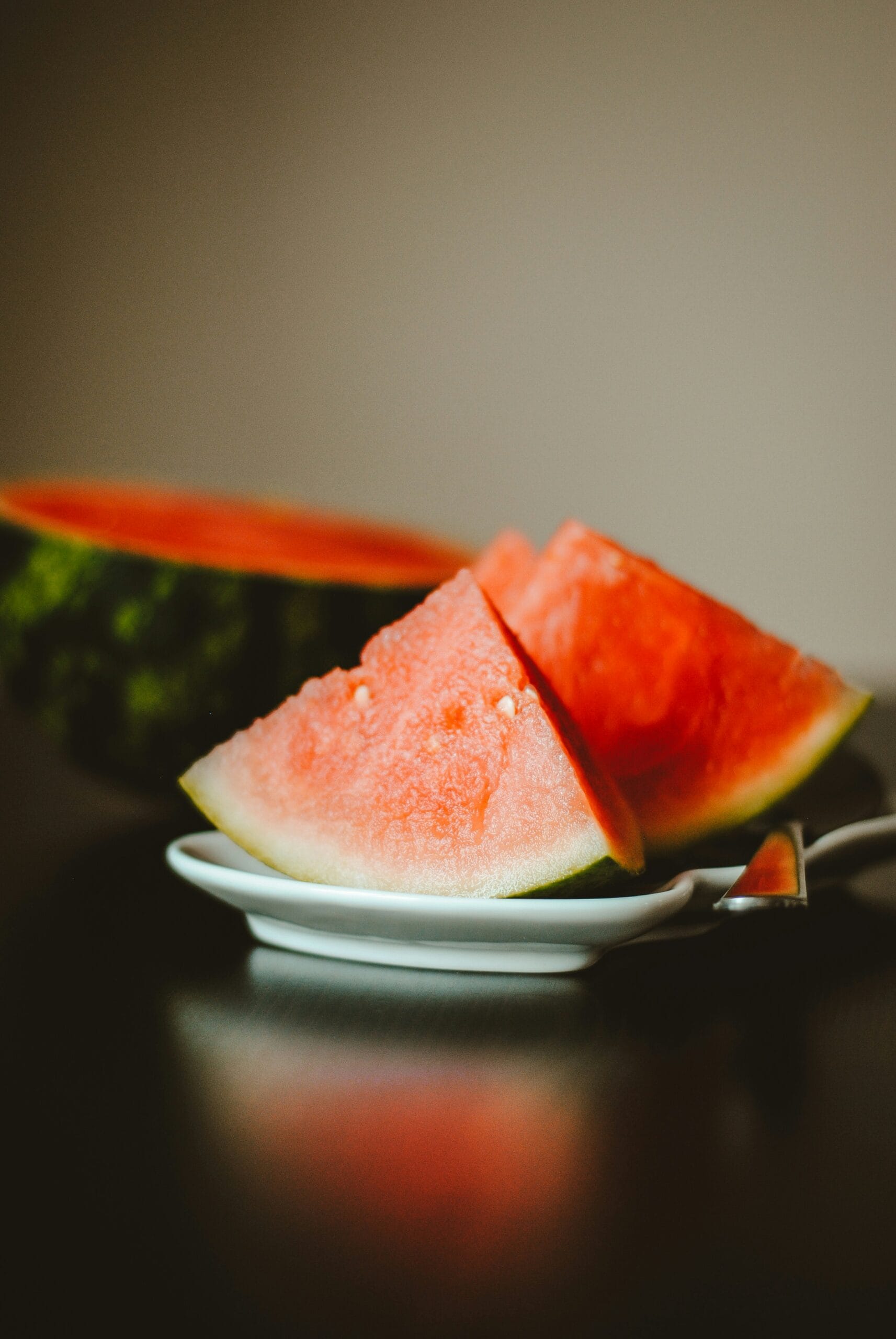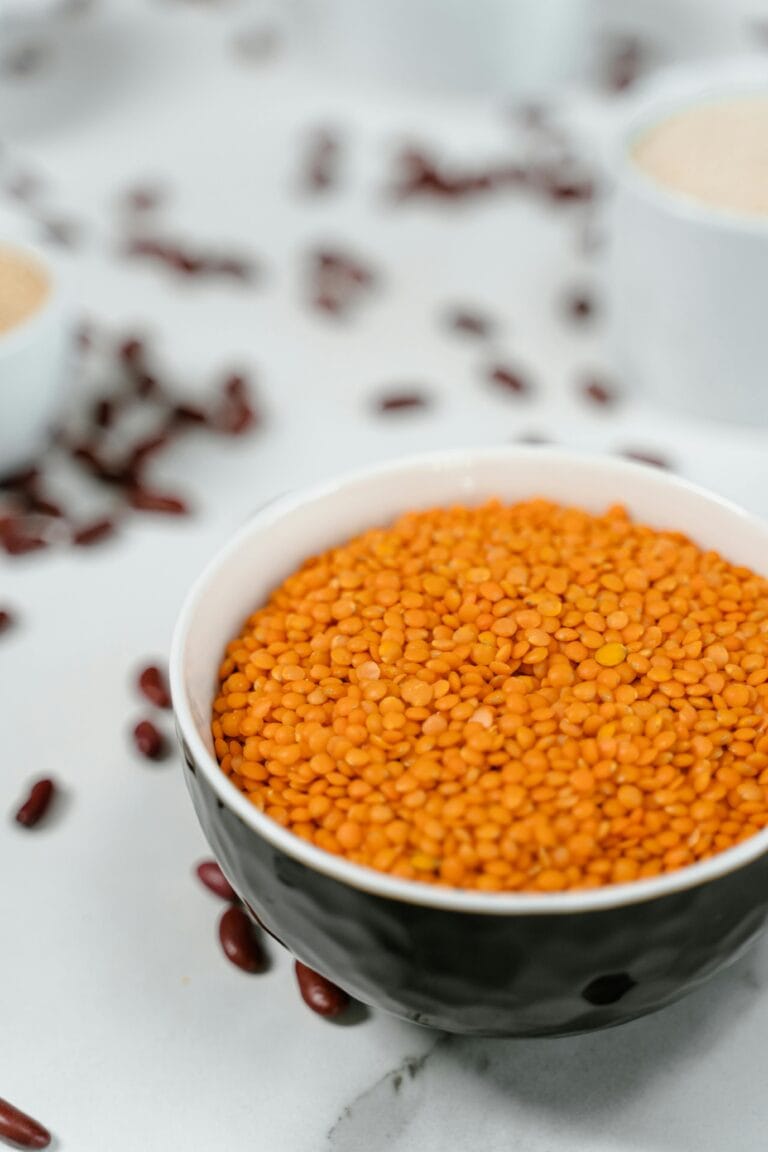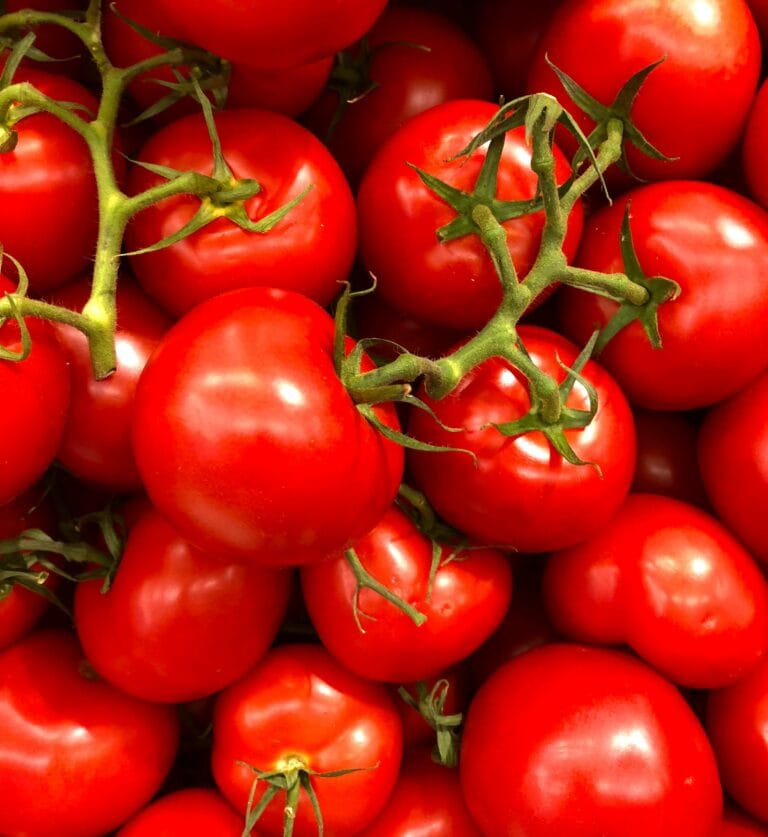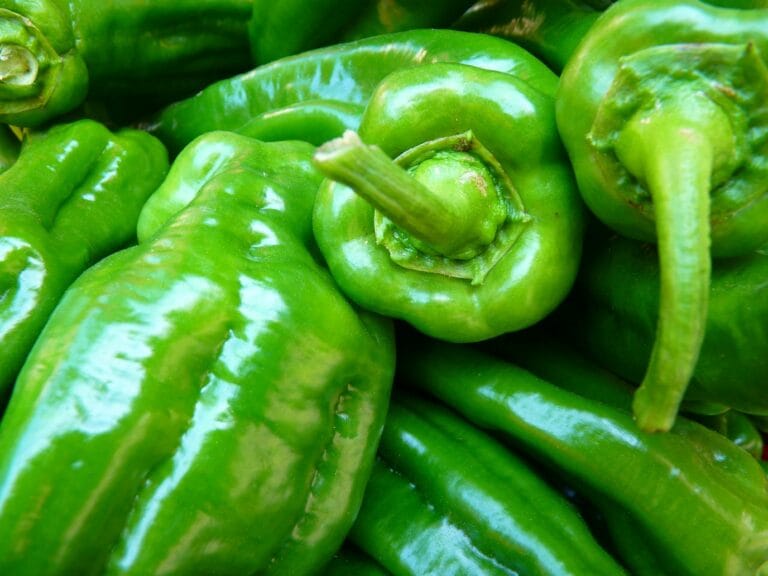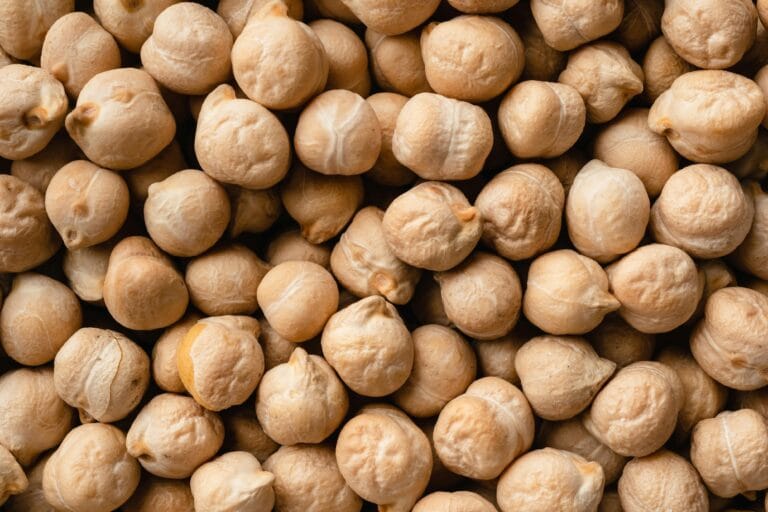Introduction to Watermelon
Watermelon (Citrullus lanatus) is a widely celebrated fruit, particularly favored during the warmer months for its hydrating properties and delightful taste. Its origins can be traced back to the southern regions of Africa, where it was first cultivated over 4,000 years ago. From this point, watermelon spread across the globe through trade and exploration, eventually making its way to Asia, Europe, and the Americas. Over the centuries, this beloved fruit has undergone significant evolution, leading to a varied selection of types, each with unique characteristics.
Today, there are several popular varieties of watermelon enjoyed around the world. Among the well-known types are the seedless watermelon, which offers the convenience of no seeds to spit out, and the picnic watermelon, a larger variety prized for sharing during gatherings. Additionally, the icebox watermelon is a smaller option, perfect for those who wish to store it in their refrigerators. Each variety not only differs in size and flavor but also in nutritional content.
Watermelons are not only enjoyable but also packed with essential vitamins and minerals that contribute to health. They are primarily composed of water, approximately 92%, making them an ideal choice for hydration. Beyond hydration, watermelon is rich in vitamins A and C, as well as several antioxidants such as lycopene, which may support heart health. These health benefits have made watermelon a staple in various cuisines and a popular ingredient in refreshing juices and smoothies.
The cultural significance of watermelon transcends borders, being featured in numerous traditions and celebrations worldwide. Its vibrant colors and refreshing quality reflect the essence of summer, making it a favorite among fruit enthusiasts. Understanding the rich history and diverse types of watermelon can enhance appreciation for this succulent fruit and its vital role in promoting a healthy lifestyle.
Health Benefits of Watermelon
Watermelon is a delicious and refreshing fruit, recognized not only for its juiciness but also for its myriad health benefits. One of the most notable characteristics of watermelon is its high water content, which can constitute up to 92% of the fruit. This makes it an excellent hydrating option, especially during hot weather or after physical activity. Proper hydration is essential for maintaining optimal health, as it supports bodily functions, aids in digestion, and can improve skin health.
In addition to being a hydrating snack, watermelon is rich in essential vitamins and antioxidants. It contains significant amounts of vitamins A and C, both of which play a role in supporting immune function and promoting skin health. The fruit is also packed with antioxidants, particularly lycopene, which has been studied for its potential protective effects against certain types of cancers and cardiovascular diseases. Lycopene gives watermelon its characteristic red hue and serves as a powerful defense against oxidative stress, helping to neutralize harmful free radicals.
Moreover, watermelon may contribute to heart health. Its high potassium content helps maintain healthy blood pressure levels, which is crucial for cardiovascular wellness. The fruit can also play a role in improving circulation and reducing inflammation, further supporting heart function. After rigorous exercise, watermelon has been noted to help alleviate muscle soreness due to its amino acid content and hydrating properties, making it an ideal post-workout snack.
Furthermore, watermelon is low in calories and contains virtually no fat, making it an excellent choice for individuals seeking to manage their weight. Its natural sweetness may also serve as a healthier alternative to sugary snacks and desserts. Overall, incorporating watermelon into one’s diet can significantly contribute to general wellness, providing a range of vitamins and health benefits that support hydration and nutrient intake.
Best Times to Eat Watermelon
Watermelon, known for its juicy sweetness and hydrating properties, is best enjoyed during the warmer months, particularly in summer. As watermelon is typically harvested from late spring through early fall, this is when you will find it most fresh and flavorful. During these sunnier seasons, consuming watermelon can significantly enhance your hydration levels, given its high water content, which comprises about 90% of the fruit. The best time to relish watermelon is undoubtedly in summer, making it an ideal choice for picnics, barbecues, and casual gatherings.
In addition to the seasonal aspect, the timing of day plays a crucial role in maximizing the health benefits of watermelon. Post-workout is an excellent time to indulge in this fruit, as it serves a dual purpose: replenishing lost fluids and providing essential vitamins that support muscle recovery. Watermelon is rich in vitamins A and C, which promote overall health and well-being, making it a nutritious option after an exercise session.
Moreover, watermelon also makes for a refreshing mid-afternoon snack to combat the heat and hunger pangs. Its naturally sweet flavor can serve as a healthier alternative to sugary snacks or processed treats, keeping your energy levels sustained without the crash. To creatively incorporate watermelon into your meals, consider adding it to salads for a refreshing twist, blending it into smoothies, or making a hydrating watermelon juice. Each of these options not only enhances the flavor of your dishes but also contributes to your daily vitamin intake.
Ultimately, whether you’re enjoying melon on a hot summer day or post-exercise, choosing the right time to eat this delectable fruit can significantly elevate both enjoyment and health benefits.
Delicious Ways to Enjoy Watermelon
Watermelon, often touted for its hydrating quality and plethora of vitamins, can be incorporated into various culinary preparations that not only satisfy the palate but also promote health. While enjoying fresh slices of this fruit is a classic choice, exploring innovative recipes can elevate your summer dining experience.
One delightful option is to create a refreshing watermelon salad. Simply combine cubed watermelon with feta cheese, fresh mint leaves, and a drizzle of balsamic reduction. This not only adds a sweet contrast to the salty cheese but also infuses your dish with essential vitamins and minerals. Watermelon salad can be a vibrant centerpiece for any gathering, capturing the essence of summer in every bite.
For a unique twist, consider making watermelon smoothies. Blend watermelon chunks with a banana and a splash of coconut water for a nutrient-packed drink. This beverage is rich in vitamins and is perfect for a post-workout refreshment. A watermelon smoothie can help replenish electrolytes while being an excellent option to start your mornings.
Furthermore, grilling watermelon transforms its texture, creating a caramelized exterior that enhances its natural sweetness. Cut thick slices of watermelon, brush them lightly with olive oil, and grill for a few minutes on each side. This preparation not only adds complexity to the flavor profile but can also be served as an intriguing side dish or a visual delight when topped with fresh herbs.
Another innovative dish is watermelon salsa, which blends diced watermelon with red onion, cilantro, jalapeños, and lime juice. This salsa can serve as a refreshing topping for grilled chicken or fish, showing how watermelon can complement savory dishes while providing essential vitamins.
In conclusion, watermelon is not just a seasonal treat; its versatility makes it suitable for various recipes, encouraging culinary experimentation in both sweet and savory forms. Embracing watermelon in different ways can greatly enhance your meals during the summer months.

